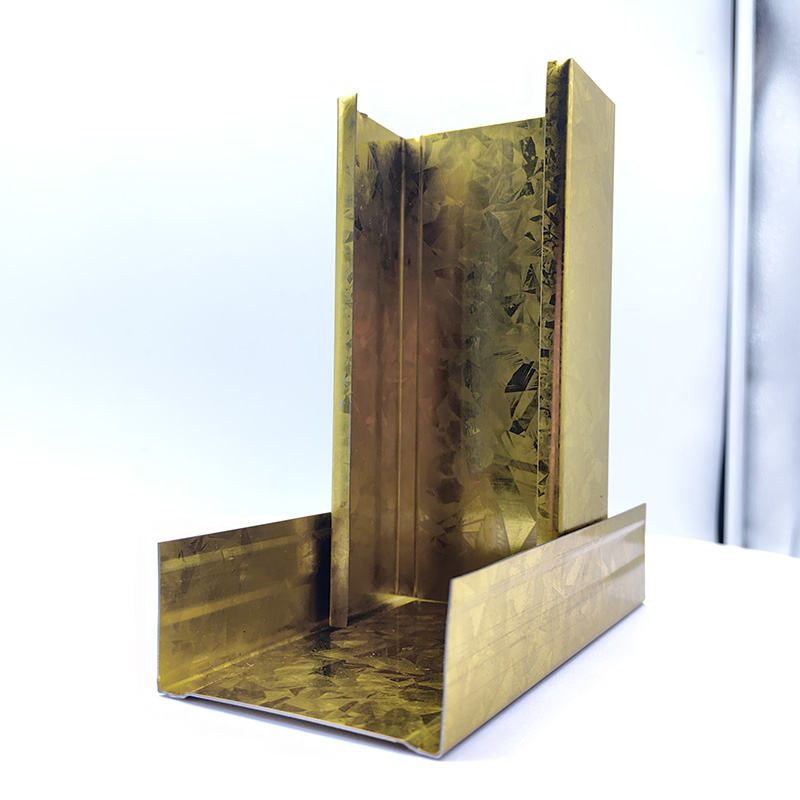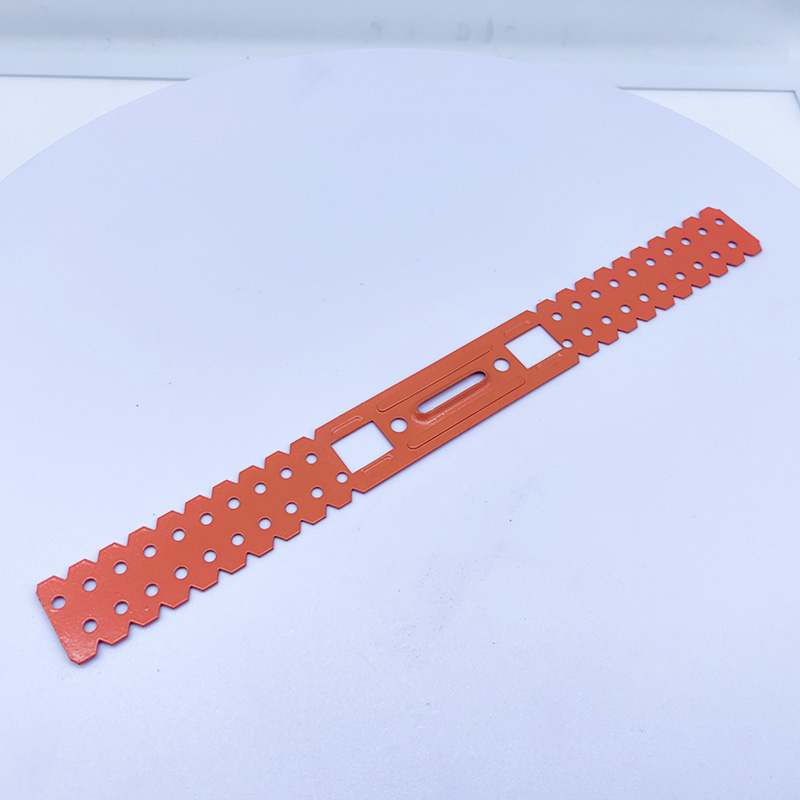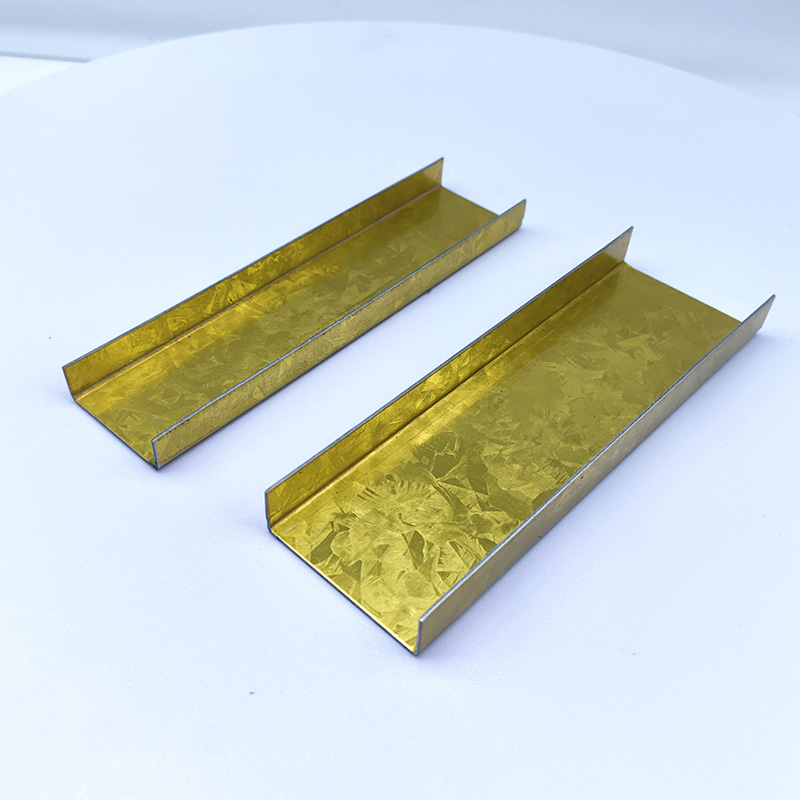New Trends in Building Energy Efficiency: How Light Steel Walls Contribute to Green Environmental Protection
2025-02-27 07:18:53
As global climate change and environmental issues become increasingly severe, energy efficiency and environmental protection have become critical topics in modern societal development. Whether it's controlling energy consumption or reducing greenhouse gas emissions, these issues profoundly affect the future of humanity. In the building sector, the demand for energy efficiency is especially urgent, as the construction industry has long been a major consumer of energy and emitter of carbon. In this context, light steel walls, as an innovative building material, have emerged as a new trend in energy-efficient construction. With their unique advantages, they are making significant contributions to green environmental protection.
Material Advantages of Light Steel Walls
Light steel walls are primarily composed of light steel keels, fiberglass insulation, gypsum board, O等 (oriented strand board), and other materials. Each material plays its part in contributing to the excellent performance of the light steel wall.
Light steel keels, the framework of the wall, provide crucial support. Made from high-strength steel, they have excellent strength and durability. Compared to traditional wooden keels, light steel keels not only offer higher strength and can bear heavier loads but are also less prone to deformation, decay, or pest infestation, significantly extending the lifespan of the wall. More importantly, light steel keels are highly recyclable. During demolition, they can be completely recovered and, after simple processing, can be reintegrated into new construction projects, reducing resource waste. According to statistics, the recyclable nature of light steel keels can reduce steel consumption by approximately [X]% over the building’s lifecycle.
Fiberglass insulation is used to fill the interior of the light steel walls, acting as an efficient protective barrier. It has excellent soundproofing properties, effectively blocking external noise and creating a quiet, comfortable indoor environment. In terms of thermal insulation, fiberglass insulation performs exceptionally well with a very low thermal conductivity, greatly slowing the transfer of heat between the inside and outside. In cold winters, it prevents indoor heat loss, keeping the interior warm, while in hot summers, it blocks external heat, reducing the load on air conditioning. Additionally, fiberglass insulation is chemically stable and highly corrosion-resistant, maintaining its performance in harsh environments without being affected by moisture or oxidation.
Gypsum board and O等 provide superior fire resistance. Gypsum board contains crystallized water, which, when exposed to fire, evaporates and absorbs a significant amount of heat, thereby slowing the spread of the fire and buying valuable time for evacuation and firefighting efforts. O等 also has good fire resistance, maintaining strength in a fire to prevent the wall from collapsing prematurely. The combination of these two materials effectively enhances the fire safety of light steel walls, safeguarding the lives and property of building occupants.
Energy-Efficient Design of Light Steel Walls
The design of light steel walls fully incorporates energy efficiency principles, reducing building energy consumption from multiple perspectives.
The walls incorporate insulation materials, which are one of the core strategies for achieving energy savings. The use of materials like fiberglass insulation significantly improves the thermal insulation performance of light steel walls. Studies have shown that compared to traditional brick-and-mortar walls, light steel walls can improve insulation by more than [X]%. In winter, the rate of heat loss from the indoor environment is greatly reduced, maintaining a more stable indoor temperature and decreasing the need for heating. In summer, the heat from outside is effectively blocked from entering, reducing the load on air conditioning. For example, in a 100-square-meter house, using light steel walls can save approximately [X] kWh of energy each year in heating and cooling, equivalent to reducing carbon emissions by [X] kg.
Window design is also crucial. Using double-glazed or insulated glass windows can significantly enhance the insulating properties of the windows. The air or inert gas layer between the two panes of glass greatly reduces heat transfer, minimizing heat loss through the windows. At the same time, this design also improves soundproofing, creating a quieter indoor environment. By optimizing window design, the overall energy efficiency of the building is further enhanced, making the living space more comfortable.
Environmentally Friendly Construction of Light Steel Walls
The construction process of light steel walls offers numerous environmental advantages, contrasting sharply with traditional construction methods.
Light steel walls are primarily produced using a factory-prefabricated model, with most components fabricated in the factory. This production method is characterized by high precision and efficiency, ensuring consistent product quality. Furthermore, the factory environment allows better management of waste and pollutants generated during production, minimizing environmental impact.
On-site construction involves relatively little work, mainly assembling prefabricated components. This significantly reduces noise and dust pollution compared to traditional construction methods, which often involve noisy tasks such as cutting and mixing materials. Light steel wall construction generates much lower noise levels, improving the acoustic quality of the surrounding area. Additionally, the reduction in dust emissions during construction helps protect air quality and reduces the risk of respiratory health issues among workers.
Moreover, because light steel walls are lightweight, the construction process requires fewer mechanical resources and labor, which shortens the construction period. This not only lowers labor costs and project timelines but also reduces energy consumption and waste generation, further emphasizing its green and eco-friendly properties. According to real-world cases, light steel wall projects can reduce construction time by approximately [X]% compared to traditional buildings.
Policy Support and Market Prospects for Light Steel Walls
In the context of the national push for green development, the government has been strengthening policy support for energy-efficient and environmentally friendly buildings. Various levels of government have introduced policies and standards to encourage and guide the development and production of energy-efficient, eco-friendly building products. For example, some regions offer financial subsidies and tax incentives for projects using light steel walls and other green materials. At the same time, stringent building energy efficiency standards are being implemented, requiring new buildings to meet specific energy-saving benchmarks, providing strong policy backing for the promotion of light steel walls.
With increasing environmental awareness and improving living standards, the demand for energy-efficient and eco-friendly buildings is growing rapidly. Consumers are increasingly focused on the energy efficiency, environmental credentials, and comfort of buildings. Light steel walls, with their unique advantages and strong reputation, are becoming more prominent in the market. More and more real estate developers are applying light steel walls to residential and commercial buildings to meet market demand and enhance project competitiveness. In the future, with continuous technological advancements and market maturation, light steel walls are expected to play a more significant role in the construction market, expanding their application to more types of buildings and sectors.
Contributions of Light Steel Walls to Green Environmental Protection
Light steel walls play an important role in the green environmental protection sector, contributing to the sustainable development of the construction industry.
When buildings reach the end of their service life and are demolished, the materials of light steel walls can be fully recycled, significantly reducing construction waste. Traditional construction materials like brick and concrete are difficult to handle after demolition, often leading to landfills or stockpiling, which not only takes up valuable land but also causes soil and groundwater pollution. The recyclability of light steel wall materials drastically reduces waste generation during demolition, effectively lessening the environmental burden. It is estimated that buildings using light steel walls can reduce construction waste by more than [X]% compared to traditional buildings.
Moreover, the widespread use of light steel walls promotes a green transformation and industrial upgrading in the construction sector. It encourages companies to continually improve production processes and technology, enhancing the quality and performance of building products. It also drives the development of related industries, such as the research, production, and sales of new building materials and energy-saving technologies. These changes not only help reduce energy consumption and carbon emissions in the construction industry but also support the sustainable development of the entire sector, contributing to the achievement of carbon neutrality.
In summary, light steel walls, with their material advantages, energy-efficient design, environmentally friendly construction, and policy support, are gradually becoming a key driver of green environmental protection. As technology continues to innovate and the market expands, light steel walls will play an increasingly important role in energy-efficient construction and contribute more to building a beautiful, livable, and sustainable ecological environment. We have every reason to believe that light steel walls will play a pivotal role in the green development journey of the construction industry.

A Double Anti-Rust Gold Partition Wall Stud is a type of steel stud commonly used in the co...

A CD UD Profile Furring Clip U Clamp is a type of metal fastening component used in the ins...

A 60mm Ceiling Grid refers to a type of suspended ceiling system, commonly used in commerci...

38mm Main Tee and 50mm Main Tee refer to the widths of the main tee profiles used in suspen...

